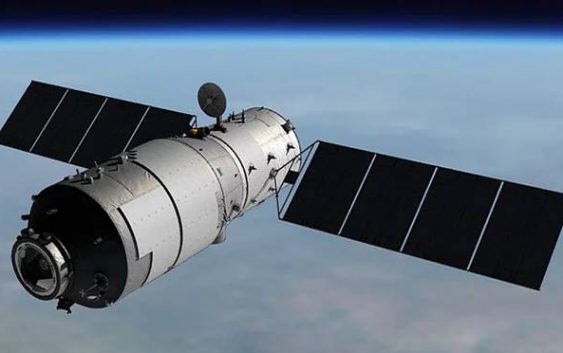- WICKNELL CHIVAYO left school at 15
- DISGRUNTLED Zimbabwe police stage uniform protest.
- MNANGAGWA wife Auxillia drops charges against nine women who boed her in Manicaland
- O.J. Simpson dies of cancer , aged 76.
- South Africa ANC is the cause of ZIMBABWE troubles claims Zimbabwe opposition politician Job Sikhala
8,5 TONNE TIANGONG CHINESE SPACE STATION Tiangong-1 or “Heavenly Palace” is spinning out of control and hurtling towards earth in an uncontrolled fall and authorities do not know where or when it will crash on land eventually

THE 8,5 TONNE TIANGONG CHINESE SPACE STATION Tiangong-1 or “Heavenly Palace” is spinning out of control and hurtling towards earth in an uncontrolled fall and authorities do not know where or when it will crash on land eventually
Platinum is a precious rare mineral, and the top five Producing Countries, South Africa at the top, which in 2014, produced 110,000 kg followed by Russia with 25,000 kg, then Zimbabwe with 11,000 kg, Canada with 7,200 kg and finally United States with 3,650 kg. The rest of the platinum producing countries combined, produced only 3,800 kg bringing the total to 161,000 kg world wide in 2014. Platinum is highly valuable in space metal as its used in space transportation for combustion chambers and expansion sections for rocket engines or “thrusters” in satellites. Its fair to say that Zimbabwe, plays a part indirectly to contributions to space trash by supplying countries that are actively involved in the space race, namely China and Russia who are close allies of Zimbabwe,..Interesting!.
A Chinese Space Station Tiangong-1 or “Heavenly Palace” is spinning out of control and hurtling towards earth in an uncontrolled fall and authorities do not know where or when it will crash on land eventually.
Tiangong-1 was predicted to fall back to earth in late 2017 or early 2018. The 8.5-tonne laboratory is expected to mostly burn up as it breaks apart in the atmosphere while crashing back, but pieces of it weighing up to 100kg are likely to reach earth.
The difficulty faced by scientists is that they have no idea about, where Tiangong-1 space station will crash to Earth any time soon.
The Chinese space station Tiangong-1 was launched in 2011 and became proof of China’s race into becoming a space superpower.
Since its launch, there were both manned and unmanned missions to it and it was a historical achievement as it was visited by China’s first female astronaut, Liu Yang, in 2012.
As a space station’s orbit steadily decays and it reaches the more dense earth atmosphere, it accelerates its decent and its rate of decay rises but its impossible even in the days ahead of its landing, to predict where it will finally crash down to earth, until roughly six or seven hours, plus or minus, before it crashes, so, the landing at the moment is on any continent because no one knows anything more than that an 8.5-tonne laboratory is hurtling down towards earth.
Scientists confirm that this will not be the first uncontrolled re-entry of a space station as. previously, we have had larger spacecraft falling back to earth, including the Soviet Union’s 20-tonne Salyut 7 space station which crashed back to earth in 1991 at a time it was still docked to another 20-tonne spacecraft named the Cosmos 1686. The two craft, broke up over Argentina and rained debris over the Argentinian town of Capitán Bermúdez.
In 1979 a massive 77-tonne Nasa Skylab space station crashed back to earth Earth in an uncontrolled descent. Several large pieces, fell outside the Western Australian city of Perth.
Most space debris, is human made, for example old spacecraft in orbit, and there is a growing call from many space agencies and corporations for the construction of spacecraft with systems to de-orbit them.
The European Space Agency, states that there are 670,000 bits of debris larger than a fingernail in space and approximately 170 million pieces of debris larger than 1 millimeter in size for example paint flecks and fragments of explosive bolts used on rockets that go to space.
Russia has the most stuff in space, with 6,512 objects in orbit. The US is second with 6,262 objects.
Considering that rocket bodies are a type of large space debris, Russia is shown as the largest contributer to space debris with a total of 4,994 uncontrolled objects and the US coming in close at second with 4,684 uncontrolled objects floating in space..
The statistics also indicate that Russia has had 21,661 objects that crashed to Earth, with the US in second place, having deorbited about 12,453 objects, which is roughly about half as much deorbited stuff.
China, which launched its first satellite in 1970, is the latest newcomer to the space race, and has so far reportedly lost roughly 5,213 objects as they burn up in space .More news to follow. By Sibusiso Ngwenya.
photo-Guardian-The Tiangong-1 space station